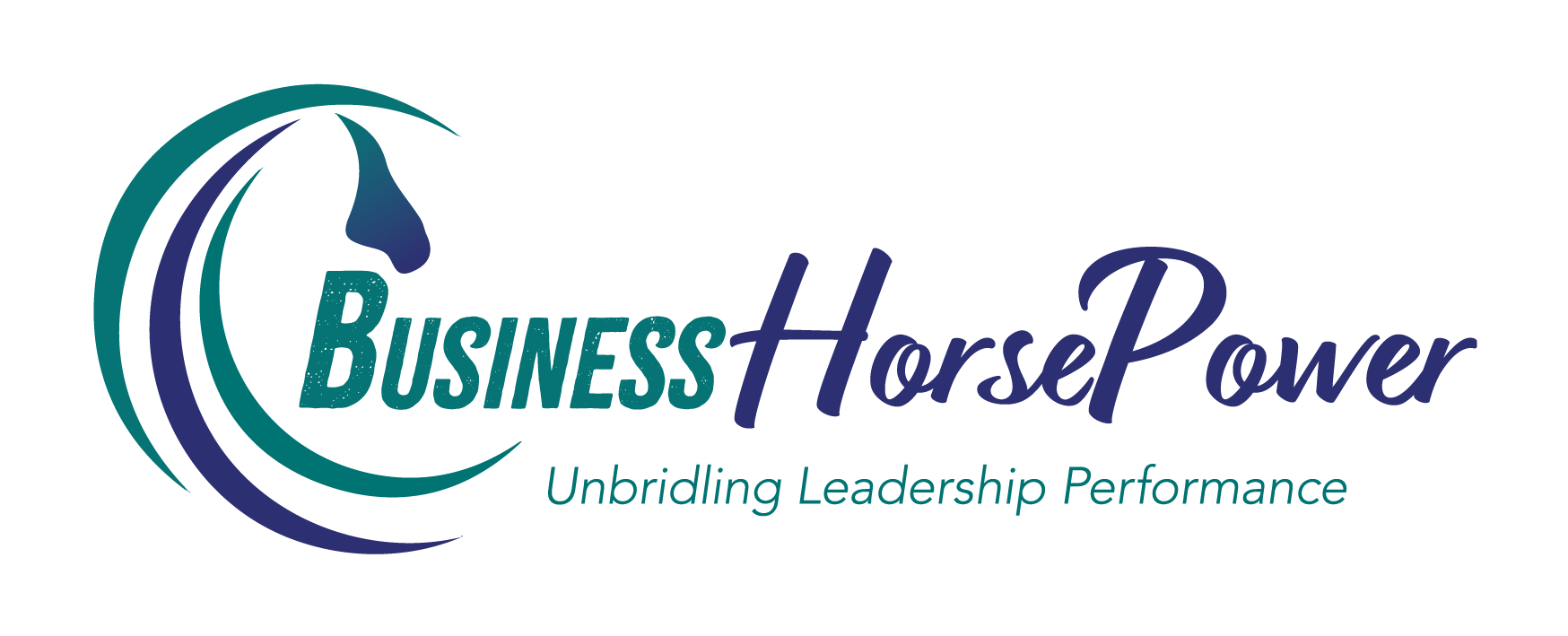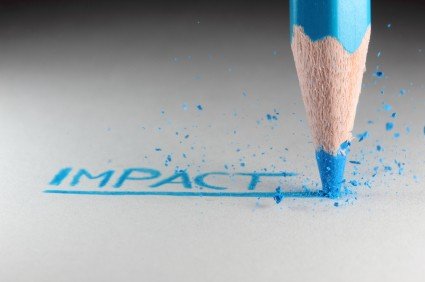If leaders are to be successful they need to be able to influence and impact others. But what is impact and how is it created. My definition of personal impact is ‘The ability to command your audience, aligning your physiology and emotions to create the impact you intend.’ If you are able to do this it will automatically affect the tone of voice you use.
Why Physiology and Emotions?
In my workshops I often refer to the Mehrabian model on the impact of communication where 55% of what we communicate is through our physiology or our body language. This can be anything from facial expression, the way you stand or sit and breathing. It’s not about size, height or physical beauty. 38% of what we communicate is through tone of voice, which includes volume, timbre, speed, rhythm and the energy behind it.
Both tone and physiology are affected by our emotions. If you are fearful, happy, stressed it will show in both and people unconsciously read these. This leaves 7% of the impact in the words you use. It’s important to recognise that all 3 elements are significant and have to be aligned. Saying you are happy when your voice tone and body are clearly saying something different gives an incongruous message, as you are not being authentic and people immediacy recognise this. Admittedly sometimes this acknowledgement is not even conscious. When others experience us as inauthentic and incongruent it makes them wary of us as they are not sure what to expect and in a sales situation people will not buy from you.
So how do you create an impact?
The best way to create the impact you desire is firstly to be clear on what impact you want to create. This mean being authentic and having clarity on the outcome you want. Being laid back is great if that is the impact you want to create but this might not be the right approach if you want people to listen to your message and remember it.
Remember you create an impact from the moment you walk in a room or someone sees/hears you for the first time. Here are some simple steps you can begin to practice to create the impact you desire.
- Ask yourself – what is my intention in the meeting? What result do I want? What atmosphere do I want to create? Having got clarity on this;
- Ask yourself – how do I need to be to create/deliver this? What do I need to embody? Visualise how you will be walking into the room and interacting with others
- As you do this go through a basic centring practice:
- Stand with your feet hip width apart, balanced equally on each foot with your knees relaxed.
- Lift your rib cage slightly and relax your shoulders so you stand tall yet relaxed.
- Lift you head a look straight ahead, relaxing your jaw in the process.
- Now, if your breath hasn’t already shifted breath into your abdomen.
- Notice the shift in your body and your breath and the energy you need to create and project.
- If possible practice how you need to be.
Now, after the event reflect:
- Did you create the impact you wanted?
- If yes what did you learn that you can repeat or do more of?
- If not what did you notice about how you were? When did you ‘lose it?’
- What do you need to practice to do better next time?
- If possible get feedback.
In my experience the times I fail to make the impact I desired occur when I stop being authentic and try to be someone else. When I lack authenticity it becomes difficult to connect with the other person and communication channels become blurred. One of the best teachers I have ever come across when it comes to learning how to create an impact and be authentic are my horses. They never fail to give me honest feedback.
So if you are interested in developing your authentic communication skills I invite you to join me for the upcoming Art of Authentic Communication Workshop where my herd of horses will be your teachers.

Julia Felton (aka The Business Wrangler) is the founder of Business HorsePower. Business leaders, entrepreneurs and executives hire her to accelerate their business performance by harnessing the energy of their people to work more collaboratively together. By aligning purpose with actions the team achieves exponential results as everyone starts pulling in the same direction.
Julia believes that business is a force for good and through designing purpose-driven businesses that leverage the laws of nature, and the herd, you can create businesses founded on the principles of connection, collaboration and community that make a significant impact in the world.






